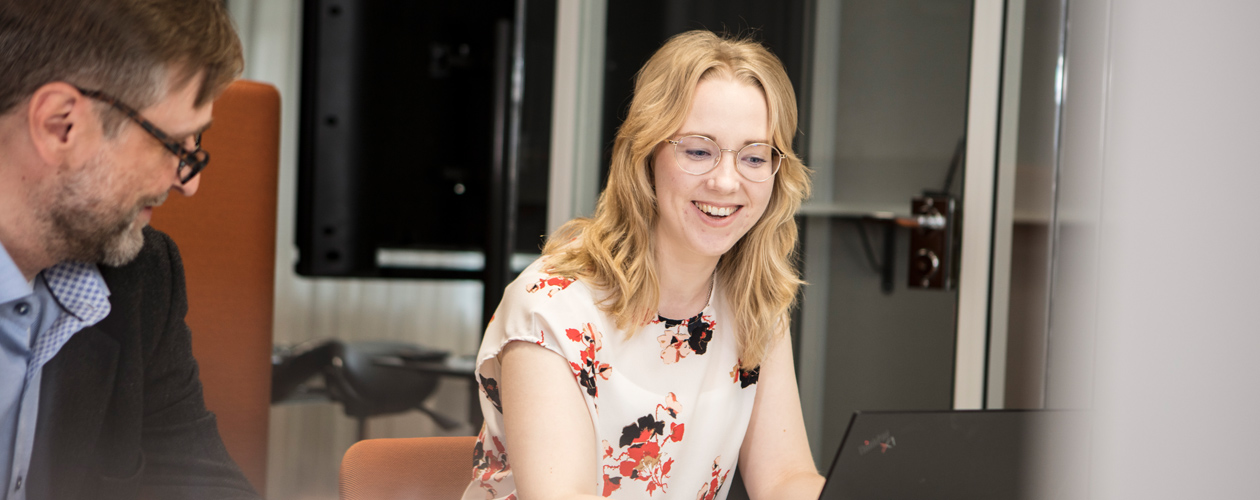Hilma has become a meeting platform
In two years, the “new Hilma” that was launched at the start of 2020 has evolved from a publishing platform for procurement notifications to a common meeting platform for buyers and suppliers. The service is free and open for all. Hilma is a service owned by the Ministry of Finance and maintained by Hansel.
In Hilma, the buyers can publish procurement notifications and invitations to tender from small-scale procurement to procurement that exceeds the EU’s threshold value. In Hilma, suppliers can see the notifications that buyers have posted on upcoming procurements, and they can respond to invitations to tender and make offers electronically. Hilma offers buyers an opportunity to survey the markets before publishing the official procurement notification. Buyers can also announce the start of a design competition and its results for the whole EU.
In 2021, a total of 19,000 different types of notifications were published on Hilma that concerned approximately 16,000 different procurements. The number grew by some 9% from the previous year.
The first steps towards a structural invitation to tender have been taken
The first steps towards a structural invitation to tender were taken in the autumn of 2021, when a function opened in Hilma that allowed the buyer to define simple requirements for the invitation to tender. These requirements can be numeric demands, yes/no demands, or have different options. The requirements can also be set as mandatory.
With the new function, an offer can be made not only as an attached document, but in a partly structural form. The structural invitation to tender is particularly suitable for simple tendering.
Hilma’s development continues
Hilma’s development will continue with the agile scrum method in the coming years, with a customer focus and as part of the operational programme of Procurement Finland. The developed features will further improve the usability of Hilma. In 2022, the development focused on improving the tendering features and the functionalities of the tendering calendar, as well as the development work required by the EU-level eForms reform related to procurement notifications.
Read next: New electronic tools make tendering easier

